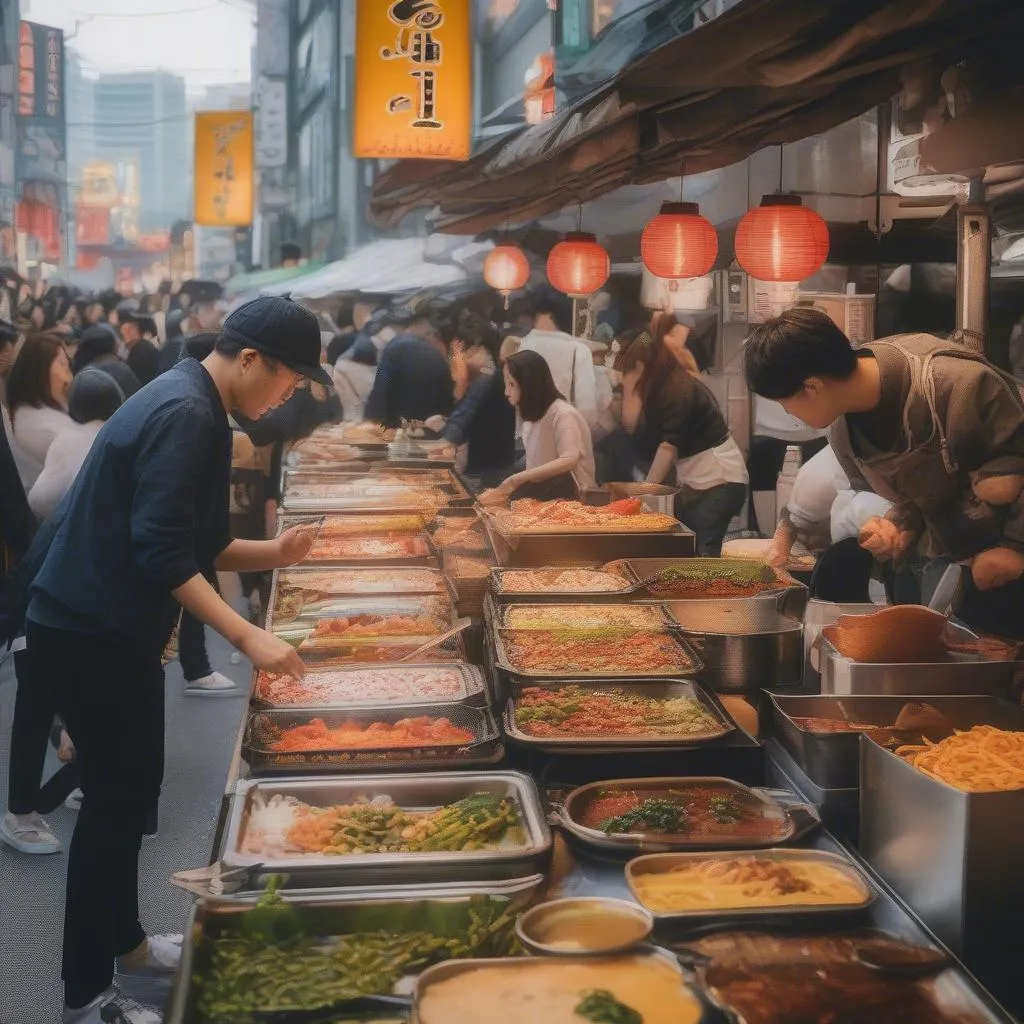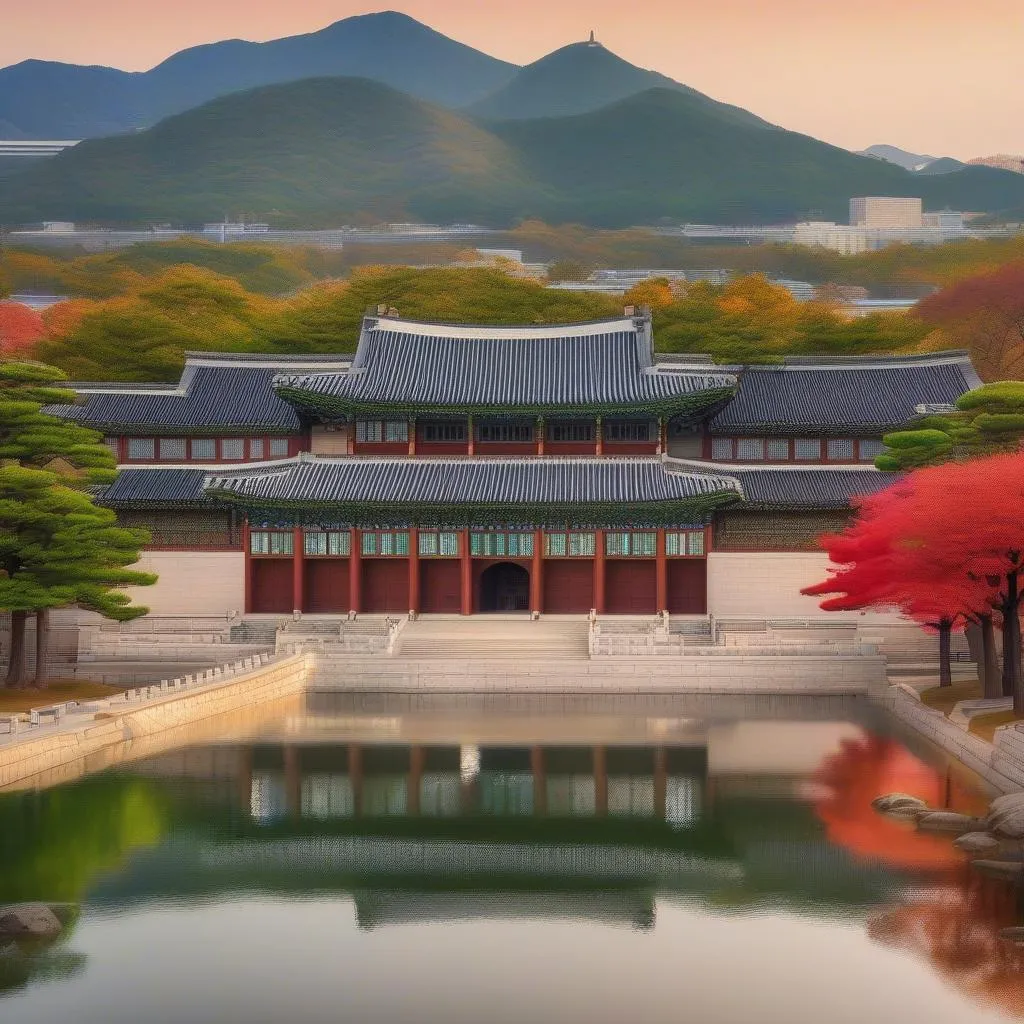Planning a trip to South Korea? The land of K-Pop, kimchi, and stunning landscapes awaits, but before you book that flight and pack your bags, it’s essential to understand the entry requirements. This comprehensive guide will walk you through everything you need to know about traveling to South Korea, from visa regulations to packing tips and cultural etiquette. Let’s get started!
Do you need a Visa for South Korea?
The first question on everyone’s mind is usually about visas. The good news is that citizens of many countries can enter South Korea visa-free for a specific period, typically for tourism purposes.
Visa-free Entry
Citizens of countries like the United States, Canada, Australia, and those in the European Union can generally enter South Korea without a visa for stays ranging from 30 to 90 days. However, it’s crucial to double-check the specific regulations based on your nationality on the official website of the Korean embassy or consulate in your home country.
Korean Visa Application Process
If you’re not eligible for visa-free entry, you’ll need to apply for a Korean visa. This process involves gathering the required documents, such as your passport (with at least six months of validity remaining), visa application form, flight itinerary, proof of accommodation, and financial statements. You’ll submit these documents to the Korean embassy or consulate in your home country, and the processing time can vary.
Pro-tip: Applying for a visa well in advance of your planned travel dates is always recommended to allow ample processing time and avoid any last-minute hiccups.
Planning your South Korean Adventure: Essential Tips
Beyond the visa, there are a few more things to keep in mind to ensure a smooth and enjoyable trip:
Currency Exchange
The currency in South Korea is the Korean Won (KRW). It’s best to exchange your currency at banks or authorized money changers for the best rates. Credit cards are widely accepted in major cities, but having some local currency on hand is always a good idea, especially in smaller towns or for street food vendors.
Transportation in South Korea
South Korea boasts an efficient and well-connected public transportation system. The subway system in major cities like Seoul and Busan is incredibly convenient and affordable. You can also utilize their extensive bus network or opt for taxis, especially for shorter distances. Consider purchasing a T-money card, a rechargeable transportation card that can be used on subways, buses, and even for some taxis, for added convenience.
Cultural Etiquette in South Korea
Respecting local customs and traditions is paramount when traveling to any foreign country. In South Korea, bowing is the customary way to greet people, express gratitude, or apologize. When handing over or receiving items, use both hands as a sign of respect. Tipping is not customary in South Korea.
What to pack for your trip?
Packing for South Korea can vary depending on the season, but some essentials remain consistent throughout the year. Comfortable walking shoes are a must, as you’ll likely be doing a lot of exploring. Pack layers of clothing, as the weather can be unpredictable, and don’t forget an umbrella, especially if you’re traveling during the monsoon season (June to August).
Must-Visit Destinations in South Korea
Now that we’ve covered the essentials, let’s delve into the exciting part – exploring the wonders of South Korea!
Seoul
The bustling capital city of Seoul is a captivating blend of ancient history and modern marvels. Explore the magnificent Gyeongbokgung Palace, the largest and most stunning of Seoul’s five grand palaces, or wander through the charming Bukchon Hanok Village with its traditional Korean houses. Indulge in some retail therapy in the trendy Myeongdong district or immerse yourself in the vibrant street food scene.
Busan
South Korea’s second-largest city, Busan, is a vibrant coastal city renowned for its beautiful beaches, colorful temples, and delectable seafood. Visit the iconic Haeundae Beach, relax at the serene Beomeosa Temple, or wander through the Gamcheon Culture Village, often referred to as the “Machu Picchu of Busan” for its brightly painted houses cascading down hillsides.
Jeju Island
Escape to the idyllic Jeju Island, a volcanic island off the southern coast of South Korea known for its breathtaking natural beauty. Hike up Mount Hallasan, the highest mountain in South Korea, marvel at the Manjanggul Lava Tube, one of the world’s longest lava tubes, or simply unwind on the pristine beaches.
Expert Insight: “Traveling to South Korea is an immersive experience that tantalizes all senses,” says Dr. Soo-Min Lee, author of “Exploring the Soul of South Korea.” “From the vibrant energy of Seoul to the tranquil beauty of Jeju Island, there’s something truly captivating about this country that leaves a lasting impression on every visitor.”
Feng Shui and Your South Korean Journey
For those who appreciate the principles of Feng Shui, traveling to South Korea offers a unique opportunity to connect with the positive energy of this fascinating culture. When choosing accommodation, consider hotels or guesthouses facing east or south for optimal energy flow. Carry a small amethyst crystal with you to promote serenity and balance throughout your travels, and take some time to meditate in the serene gardens of traditional Korean temples to enhance inner peace.
 Seoul Street Food Scene
Seoul Street Food Scene
 Jeju Island Beach Paradise
Jeju Island Beach Paradise
 Gyeongbokgung Palace Majesty
Gyeongbokgung Palace Majesty